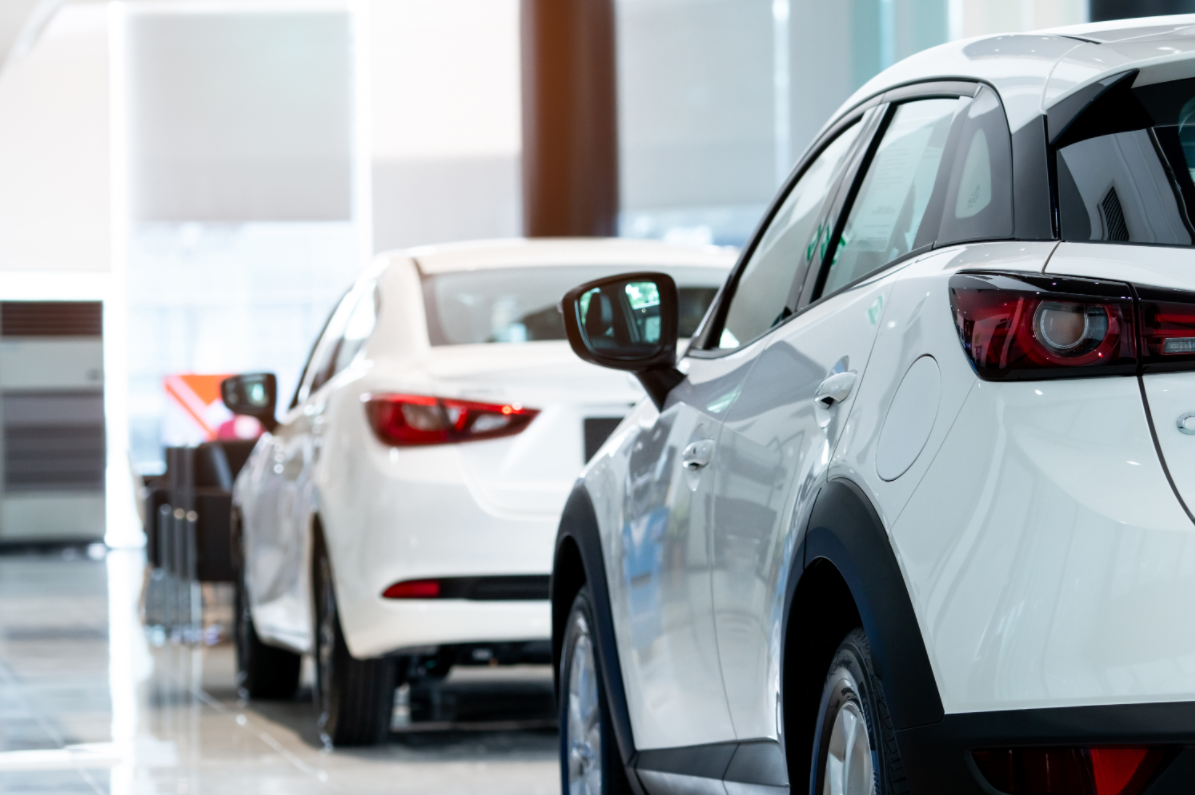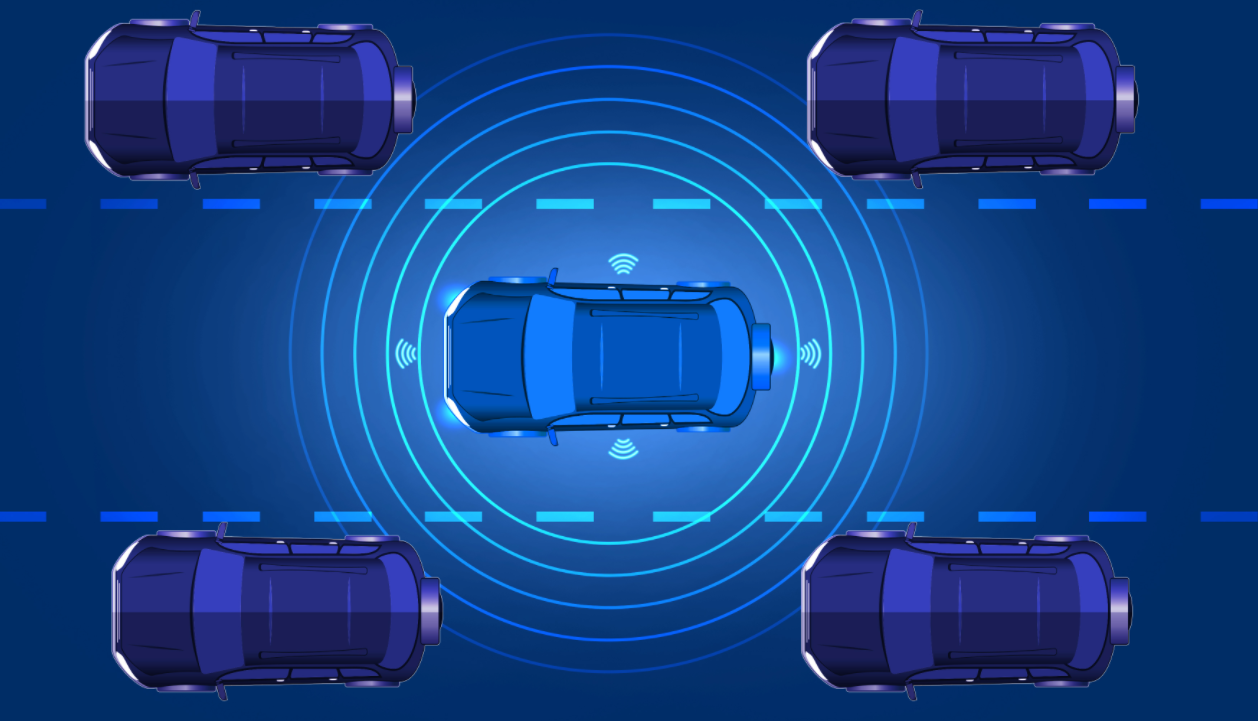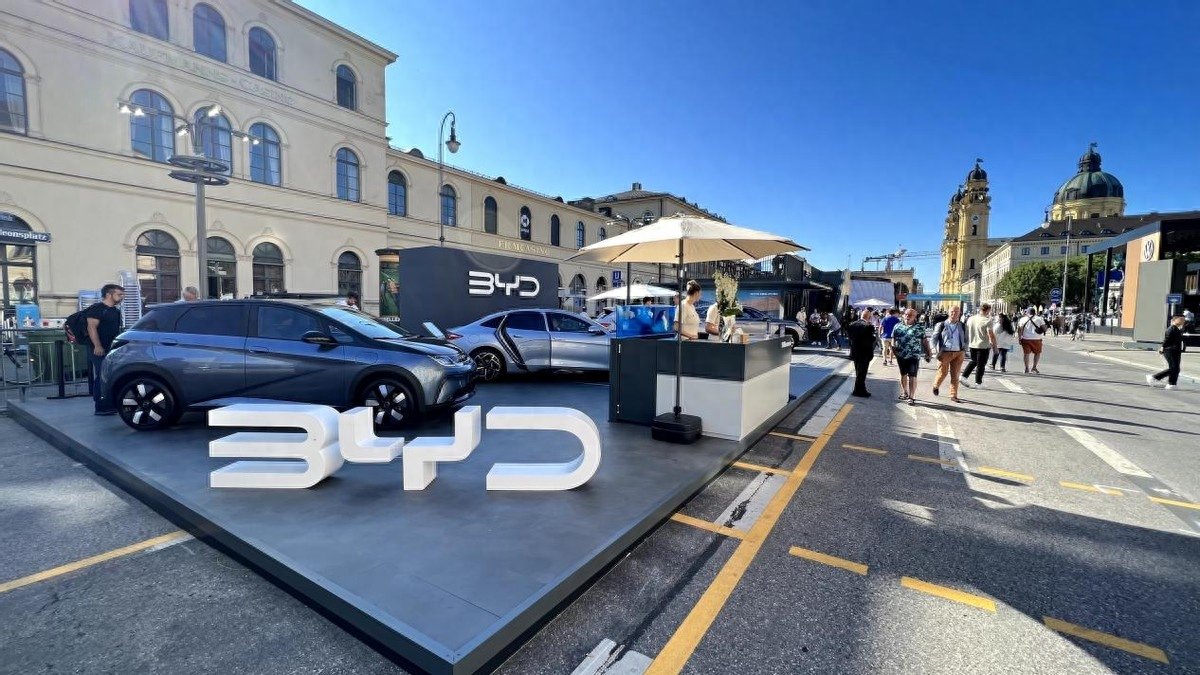
In 2025, the trade-in policy continues gaining traction with significant central/local government support. By May 11, subsidy applications topped 10 million, including 3.225 million in the first five months of 2025 – directly generating nearly 8% consumption growth. Using subsidies as leverage, this policy instrument now moves a hundred-billion-dollar consumer market.
Notably, NEVs achieved over 50% penetration in the replacement market for the first time (51.5% in April), making their displacement of ICE vehicles more evident. While traditional automakers grapple with ICE overcapacity, BYD and peers leverage this shift to lead global NEV sales rankings. Meanwhile, the trillion-yuan used-car market boom and mature battery recycling ecosystem ensure this transformation extends far beyond short-term stimulus – China's auto industry is restructuring its entire value chain from production to consumption, technology to ecology under policy guidance.
The release of policy dividends has activated the market
The State Council's 2024 Action Plan for Large-Scale Equipment Renewal and Consumer Goods Trade-ins positioned auto trade-ins as the core driver for boosting consumption and green transition. 2025 policy enhancements expanded subsidies from National III to National IV ICE vehicles, with maximum NEV replacement subsidies reaching ¥20k ($2.8k) – exceeding ¥30k ($4.2k) when combined with local incentives.


By May 11, 2025, cumulative subsidy applications exceeded 10 million, with 3.225 million filed in 2025 alone. The policy effectively stimulated continuous consumption recovery: Jan-April retail sales hit 6.872 million units (+7.9% YoY). Ministry of Commerce data shows April auto retail sales at key monitored enterprises rose 1.9% YoY. The policy activated the existing vehicle market while accelerating ICE-to-NEV replacement via its "scrappage + replacement" dual-track system.
Policy effects manifest clearly in data: NEV retail sales reached 3.324 million units by April 2025 (48.4% penetration), with April's monthly penetration jumping to 51.5%. The trade-in program lowers barriers through tangible cash incentives – Shenzhen buyers can stack national/local subsidies with automaker discounts for total savings up to ¥40k ($5.6k). Concurrently, end-of-life vehicle recycling soared 65% YoY, used-car transactions exceeded ¥1 trillion ($140B), and industrial chain circular efficiency significantly improved.


Policy-driven market consolidation is pronounced. Traditional ICE automakers face production capacity pressure while leading NEV brands gain market share through technological edges. In Q1 2025, Chinese brands captured 68.1% of the passenger vehicle market. Giants like BYD and Tesla cemented dominance via scaled production and tech iteration, whereas lagging smaller players accelerated their exit due to technological delays and high costs – intensifying industry concentration.
The industry is undergoing profound transformation, and value identification plays a crucial role
The trade-in policy's sustained impact is shifting China's auto industry from pure tech competition toward synergistic technology democratization and ecosystem restructuring. Persistently high NEV penetration signals that consumer acceptance now stems from value recognition rather than policy incentives – a transformation powered by dual breakthroughs in technical advancement and business model innovation.
Technology democratization is reshaping competition. NEV pricing is cascading from premium to mainstream segments, with 60% of models now in the ¥100k-200k ($14k-28k) range – making mid-market the key battleground. The 6C Xiaoyao battery in Zeekr 9X enables 9-minute fast charging, while Xiaomi SU7's 5G cockpit redefines human-vehicle interaction. Tech democratization lowers entry barriers while making smart/connected features standard.


Consumer preferences are shifting from range anxiety resolution to experience enhancement. Smart cockpits and ADAS now dominate purchase decisions. Meanwhile, a 40% drop in battery costs since 2020 has fueled growth in specialized segments like NEV sanitation/logistics vehicles, with technological diffusion benefiting the entire supply chain.
More notably, power battery recycling networks are maturing. Cascading utilization technology increases battery lifecycle value by over 30%. Companies like CATL have deployed "battery bank" models enabling closed-loop management from production to recycling.
Global expansion has become an extended effect of policy incentives. Leveraging supply chain cost advantages and technological accumulation, Chinese automakers are making overseas breakthroughs. In Q1 2025, China's vehicle exports surged 28% YoY, with Tesla's Shanghai Gigafactory contributing 25% of global production. BYD and Chery saw rapidly increasing market shares in Southeast Asia and Europe.
This process relies not only on cost-control capabilities – CATL's Qilin battery costs are 40% lower than 2020 levels – but also on exporting technical standards. BYD's e-Platform 3.0 has been licensed to overseas automakers, while China-led V2G international standards have gained recognition across multiple markets.

Yet globalization isn't achieved overnight. Policy barriers like EU tariff protections and the U.S. Inflation Reduction Act challenge Chinese automakers, forcing them to build competitive moats through localized production and technical compliance.
Simultaneously, the policy phase-out period tests the resilience of China's automotive industry. With 2025 being the final year for NEV purchase tax exemptions, industry observers adopt a wait-and-see attitude regarding whether the market can sustain high growth after the full phase-out in 2026. Some automakers already show signs of profit margin pressure, with average industry gross margins dropping to 18% in Q4 2024 – making technological cost reduction critical for breakthroughs.
The vehicle trade-in program not only stimulates short-term consumption but also injects long-term momentum into the industry through market reshuffling and industrial chain upgrades. Experts indicate that future competition will likely focus on three key areas: first, integration of intelligent and low-carbon technologies; second, localization capabilities within global expansion; third, development of full-lifecycle service ecosystems. However, sustainability remains fundamentally dependent on breakthroughs in core technologies and improvements in resource recycling systems.

 Room 1104,Block B,JingBan Building,6 Middle Beisanhuan Road,Xicheng District,Beijing
Room 1104,Block B,JingBan Building,6 Middle Beisanhuan Road,Xicheng District,Beijing
 (8610)62383600
(8610)62383600
 quanqixiang@carresearch.cn
quanqixiang@carresearch.cn
 京公网安备:11010202007638号|京ICP备17032593号-2|Report illegal and bad information:010-65993545-8019 jubao@carresearch.com
京公网安备:11010202007638号|京ICP备17032593号-2|Report illegal and bad information:010-65993545-8019 jubao@carresearch.com
Legal support:Beijing Yingke Law Firm|All rights reserved, DO NOT reproduce without permission